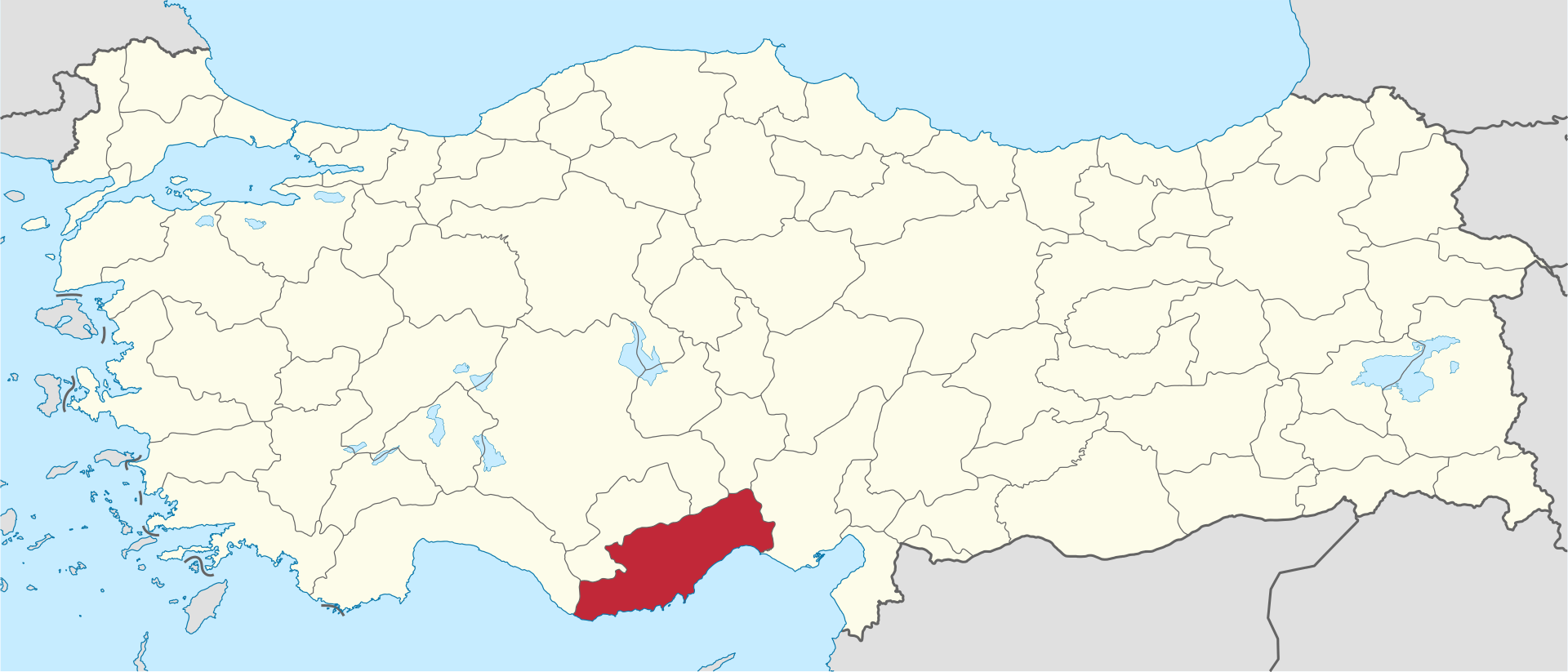Turkey reportedly leaning toward Russia for second nuclear plant
Turkey may be closer to moving ahead in a partnership with Russia for its second nuclear plant, Sinop, a proposed four-reactor facility on the Black Sea coast.

A message from Goodway Technologies
Optimizing Maintenance Strategies in Power Generation: Embracing Predictive and Preventive Approaches
Turkey may be closer to moving ahead in a partnership with Russia for its second nuclear plant, Sinop, a proposed four-reactor facility on the Black Sea coast.

While commissioning began earlier this year at Turkey’s first nuclear plant, new reports say the project is delayed by sanctions against Russia due to its military invasion of Ukraine.

The first unit at Akkuyu, Turkey’s first nuclear power plant, has begun the commissioning process. The goal is that the plant will begin supplying energy to the nation next year, according to Rosatom, Russia’s state atomic energy corporation.

The second of the two VVER-1200 pressurized water reactors at Belarusian, the sole nuclear power plant in Belarus, has entered commercial operation, Russia’s state-owned atomic energy corporation Rosatom announced last week.

Akkuyu Nuclear, the Ankara-based Rosatom subsidiary established to manage Turkey’s Akkuyu nuclear plant project, has announced the successful mounting of the Unit 1 polar crane. The operation was carried out using a Liebherr LR 13000 crane and took approximately four hours, according to Akkuyu Nuclear.
Also referred to as a circular bridge crane, the polar crane operates on a circular runway located near the spring line of the containment building. It is used for a wide range of loading and lifting tasks within containment, including reactor-head removal/replacement and fuel loading/unloading.

The Unit 1 reactor pressure vessel arrives at the Akkuyu site. Photo: Akkuyu Nuclear JSC
Russian company Atommash has delivered the reactor pressure vessel for Unit 1 of the Akkuyu plant, the nuclear power facility under construction in Turkey, Akkuyu Nuclear JSC announced recently.
Atommash is a branch of AEM Technologies, which is part of Atomenergomash, the equipment-building division of Rosatom, Russia’s state atomic energy corporation. Akkuyu Nuclear, based in Ankara, was established to implement the Russian-Turkish project.
It took some three years to manufacture the 330-metric ton, 12-meter-long reactor pressure vessel and 20 days to transport it from the Atommash plant in Volgodonsk, Russia, to the eastern cargo terminal at the Akkuyu plant site, according to Akkuyu Nuclear.

The reactor pressure vessel for Akkuyu-1. Photo: Rosatom
Rosatom, Russia’s state atomic energy corporation, announced last week that the reactor pressure vessel for Unit 1 of Turkey’s Akkuyu plant has been shipped from the Atommash plant in Volgodonsk, Russia. Also, the four steam generators for the reactor have arrived at the Vostochny Cargo Terminal, near the port of Mersin in southern Turkey. Atommash has shipped all the most important large-sized equipment for the primary circuit of the reactor for Akkuyu-1, Rosatom said.
Atommash is a branch of AEM Technologies, which is part of Atomenergomash, the equipment-building division of Rosatom.
Concrete pouring for the foundation slabs for the Akkuyu-2 reactor and turbine buildings has been completed, Akkuyu Nuclear has announced. Unit 2 is one of four reactors under construction at the Akkuyu site, located on the Mediterranean coast in southern Turkey.
More than 17,000 cubic meters (about 600,350 cubic feet) of concrete have been poured into the Akkuyu-2 reactor building’s foundation, The company reported on September 23. The area of the concrete slab is 6,864 square meters (about 73,883 square feet), while its height and depth are 2.6 meters (about 8.5 feet) and over 8 meters (over 26 feet), respectively, according to the company.

The Akkuyu-1 reactor pressure vessel. Photo: Atomenergomash
Atommash has completed hydraulic testing of the reactor pressure vessel for Unit 1 at the Akkuyu nuclear power plant, the four-unit facility currently under construction on the Mediterranean coast in southern Turkey. Atommash is part of Atomenergomash, the engineering division of Rosatom, which is Russia’s state atomic energy agency.